McDonald’s has launched countless menu items over the decades, but not all golden arches offerings turn to gold. Behind every Big Mac success story lurks a graveyard of forgotten food experiments that customers just didn’t want to buy. From seafood mishaps to adult-targeted burgers, these ambitious menu additions crashed harder than a drive-thru order gone wrong.
1. McLobster’s Seafood Disaster

McDonald’s bizarre attempt to serve high-end seafood at fast-food prices crashed spectacularly. Launched primarily in New England and Atlantic Canada, this lobster roll sandwich featured chilled lobster meat mixed with mayo in a hot dog bun.
Customers balked at paying premium prices at a burger joint, and many complained about the tiny portions of rubbery seafood. The seasonal offering occasionally resurfaces in select coastal locations, but its reputation remains tarnished by inconsistent quality and that unmistakable fast-food seafood aftertaste.
2. McPizza’s Time-Consuming Catastrophe
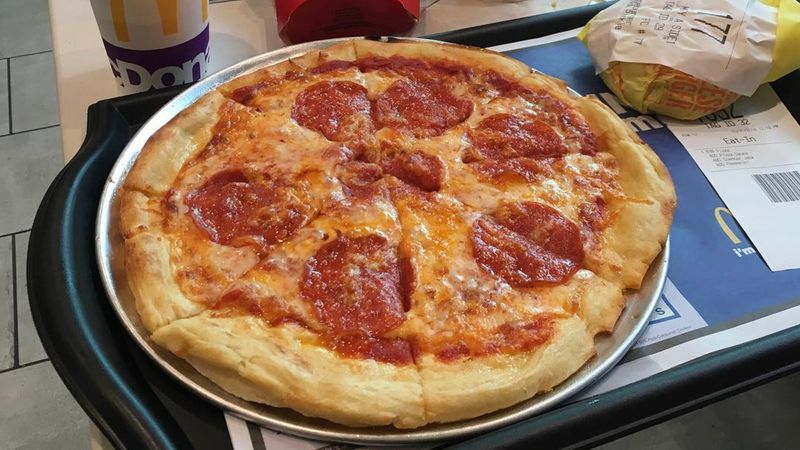
In the late 1980s, McDonald’s made an ambitious play for the pizza market with disastrous results. The concept seemed simple enough: expand beyond burgers to capture dinner crowds with family-friendly pizzas.
Unfortunately, the 11-minute cooking time violated McDonald’s core promise of speed. Drive-thru lanes backed up while impatient customers fumed. The oversized boxes wouldn’t even fit through drive-thru windows! Some locations installed special pizza-sized windows and dedicated ovens, only to watch the expensive experiment fizzle out by the mid-90s.
3. Arch Deluxe’s Adult-Focused Flop
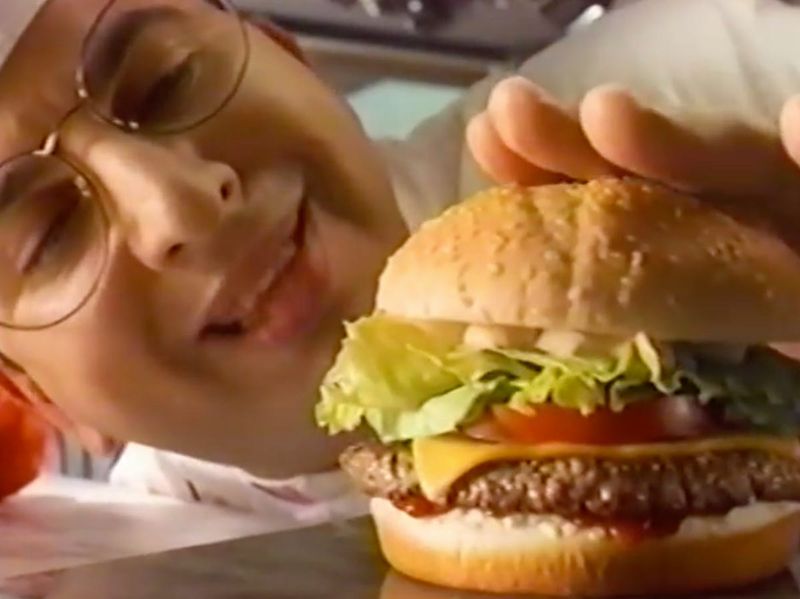
Remember when McDonald’s tried to be fancy? The 1996 Arch Deluxe targeted sophisticated adult palates with a quarter-pound beef patty, peppered bacon, lettuce, tomato, and a “secret” mustard-mayo sauce on a bakery-style roll.
McDonald’s poured an astounding $300 million into marketing this “burger with grown-up taste,” featuring ads showing children disgusted by its sophisticated flavor. The message backfired spectacularly. Turns out adults visiting McDonald’s wanted familiar comfort food, not culinary pretension at premium prices.
4. McDLT’s Environmental Nightmare
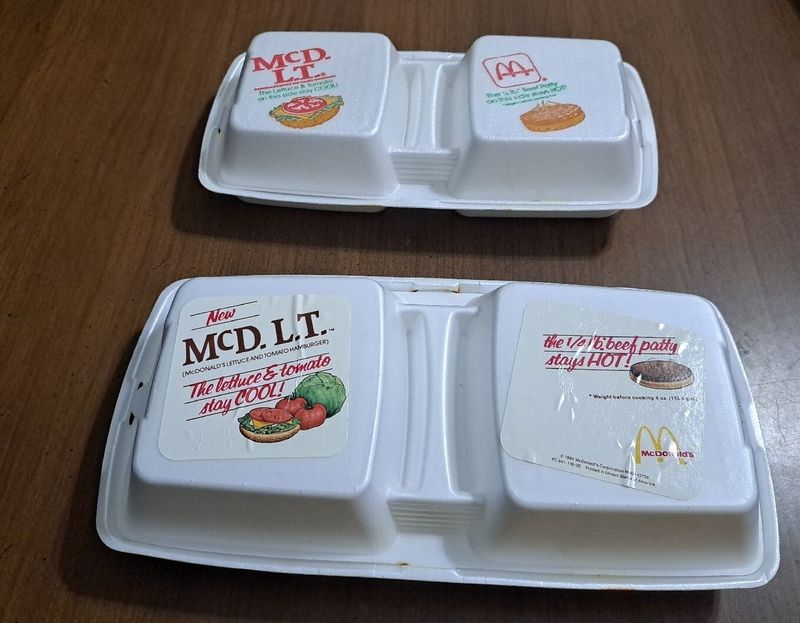
The McDLT (McDonald’s Lettuce and Tomato) seemed brilliant on paper: keep hot things hot and cool things cool! This 1980s creation came in a styrofoam container with two compartments—one side held the heated bottom bun and burger, while the other contained the cool toppings.
Customers assembled their own burgers, theoretically enjoying crisp vegetables and a hot patty. While the burger itself wasn’t terrible, the excessive packaging became an environmental lightning rod. As green consciousness rose, the McDLT’s double-sized styrofoam container became indefensible and disappeared by 1991.
5. McAfrika’s PR Catastrophe
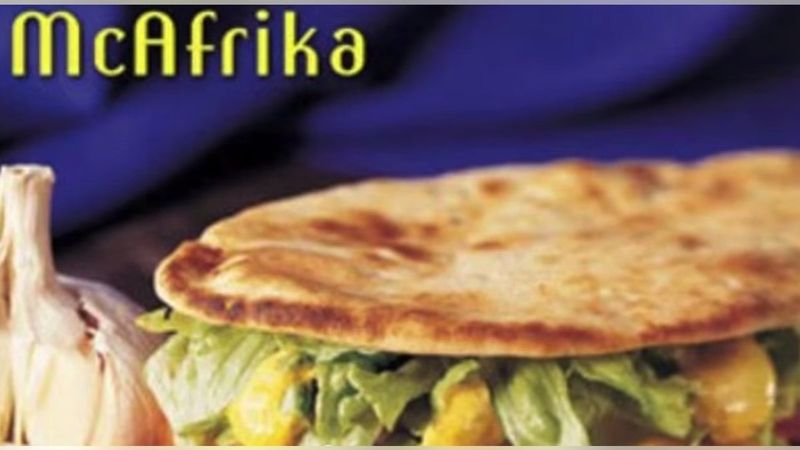
Some menu failures are merely unprofitable—others are genuine PR nightmares. The McAfrika stands as perhaps McDonald’s most tone-deaf product launch ever. In 2002, McDonald’s Norway introduced this beef, tomato, and cheese flatbread sandwich supposedly based on an “authentic African recipe.”
The unfortunate timing? It coincided with devastating famine across southern Africa affecting over 12 million people. Protesters distributed food aid collection boxes at Norwegian McDonald’s locations. Red-faced executives quickly pulled the sandwich while making charitable donations to famine relief efforts.
6. McSpaghetti’s Italian Impersonation
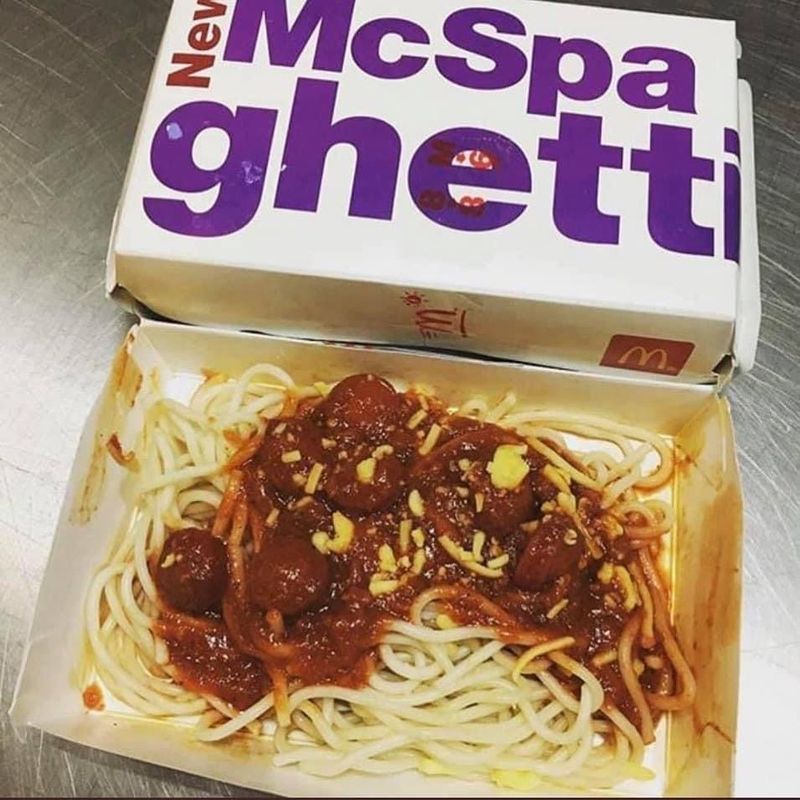
McDonald’s bizarre foray into Italian cuisine during the late 1970s left customers scratching their heads. The limp pasta swimming in sweet tomato sauce came with a sprinkling of cheese and optional meatballs that resembled shrunken hamburger patties.
American diners rejected the concept entirely—why order subpar pasta at a burger joint? Interestingly, McSpaghetti found unexpected success in the Philippines, where it remains on menus today. The Filipino version features a sweeter sauce that better matches local palates, proving that one country’s flop can be another’s favorite.
7. Hula Burger’s Meatless Mistake
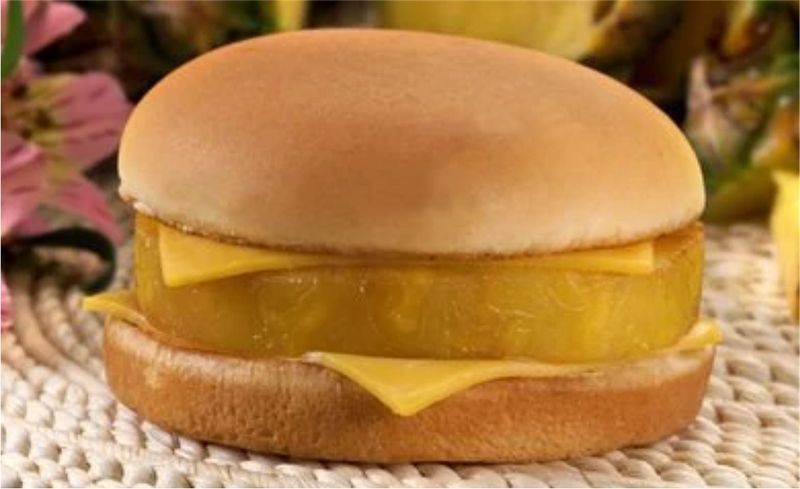
Long before plant-based proteins, McDonald’s founder Ray Kroc had a bizarre idea for meatless Fridays: the Hula Burger. This peculiar creation consisted of a grilled pineapple slice with two melted cheese slices on a bun—that’s it!
Kroc believed Catholics avoiding meat on Fridays would embrace this tropical alternative. He was spectacularly wrong. In a head-to-head test against the Filet-O-Fish (created by franchisee Lou Groen), the fishy option won by a landslide. The pineapple sandwich disappeared immediately, while the Filet-O-Fish became a menu staple for decades.
8. McHotDog’s Identity Crisis
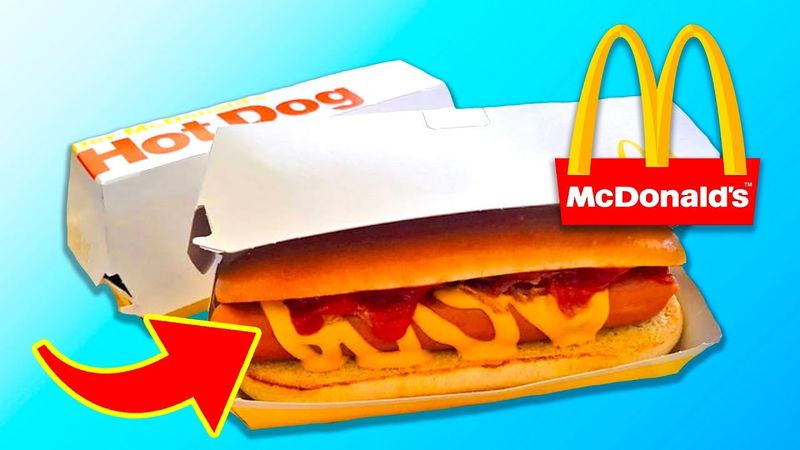
McDonald’s has attempted to sell hot dogs multiple times throughout its history, despite founder Ray Kroc explicitly forbidding them in his 1977 autobiography. “There’s no telling what’s inside a hot dog’s skin,” he famously wrote, “and our standard of quality just wouldn’t permit that kind of item.”
After Kroc’s death, McDonald’s repeatedly tested hot dogs in the 1990s and early 2000s. None succeeded. The McHotDog suffered from an identity crisis—customers simply didn’t associate the golden arches with tube steaks. The latest attempt vanished after a brief appearance at select U.S. locations in 2009.
9. McCrab’s Shellfish Letdown

The McCrab emerged briefly in the late 1990s as McDonald’s attempt to capture seafood-loving markets along the Chesapeake Bay. This regional offering featured a crab cake patty topped with tartar sauce on a standard McDonald’s bun.
Local crab connoisseurs immediately rejected the processed patty as a pale imitation of authentic Maryland crab cakes. The frozen patties lacked the lumpy texture and delicate seasoning that defines genuine Chesapeake cuisine. After dismal sales in Maryland, Delaware, and Virginia test markets, the sandwich quietly disappeared, joining McDonald’s growing graveyard of failed seafood experiments.
10. Angus Burger’s Premium Price Problem
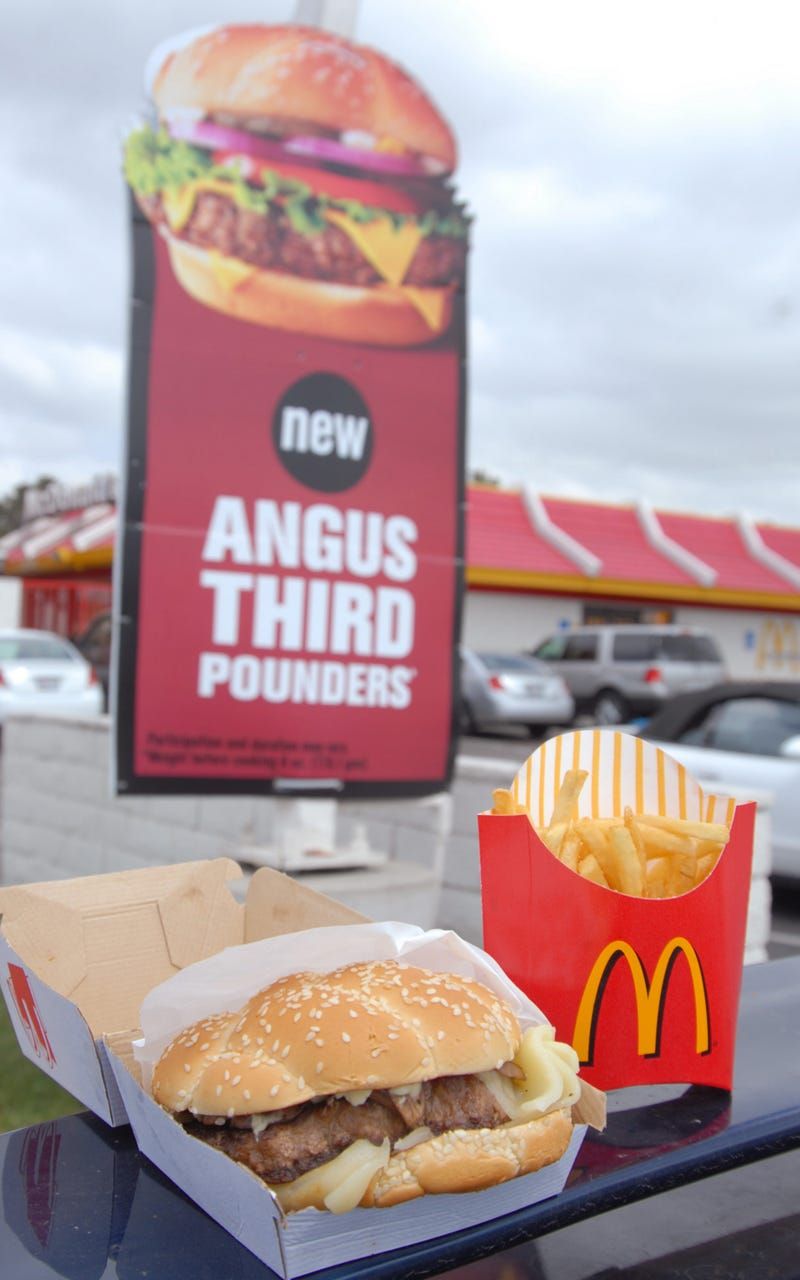
McDonald’s 2009 Angus Third Pounder looked promising on paper: premium one-third pound Angus beef patties on specialty rolls with upscale toppings like crinkle-cut pickles and red onions. The burgers actually tasted good—but at nearly $4 (expensive for 2009), they arrived at precisely the wrong economic moment.
Launching during a recession when McDonald’s was heavily promoting its Dollar Menu proved fatal. Why spend $4 on one burger when you could get four items from the value menu? After four years of mediocre sales, McDonald’s pulled the premium sandwiches in 2013, confirming that price sensitivity trumps quality at the golden arches.
11. McLean Deluxe’s Diet Disaster
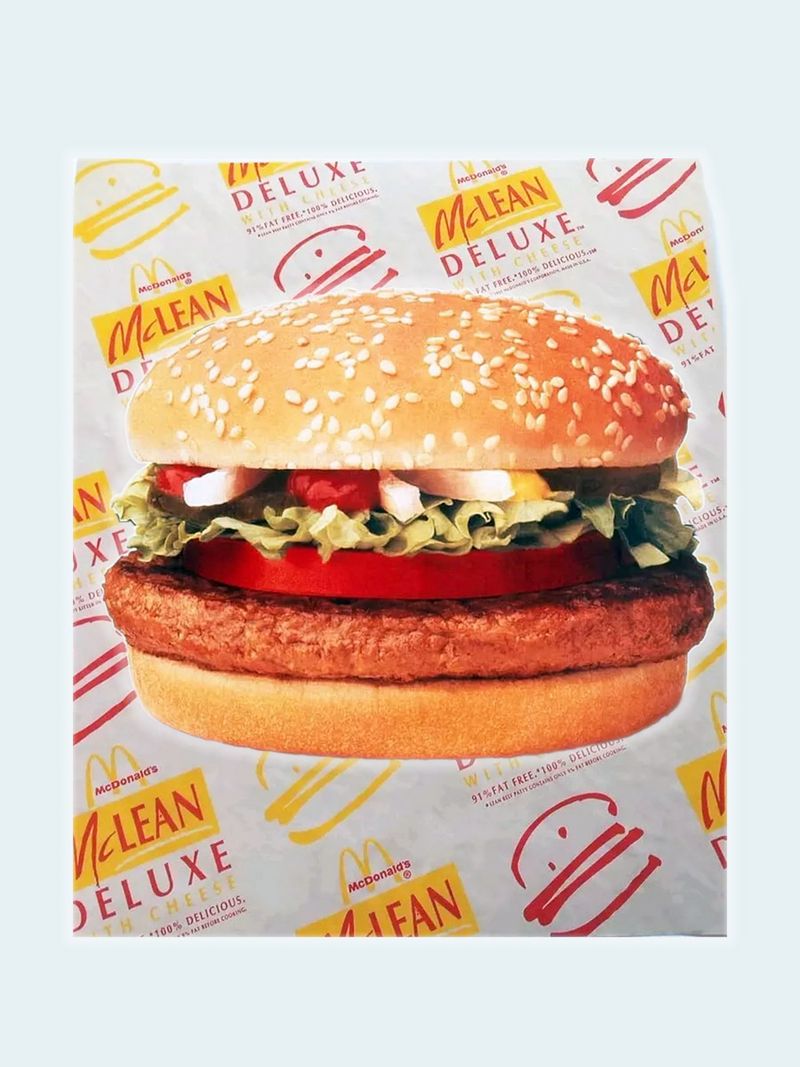
The early 1990s saw America in the grip of low-fat diet mania, and McDonald’s responded with the McLean Deluxe—a burger claiming to be 91% fat-free. The secret? Scientists replaced beef fat with water bound by carrageenan, a seaweed extract.
The resulting patty had 10 fewer grams of fat than a Quarter Pounder but suffered from an unmistakably different texture and flavor. McDonald’s spent millions marketing the sandwich as “the adult taste that’s too good for kids.” Consumers weren’t fooled—people visiting McDonald’s wanted indulgence, not diet food. The sandwich vanished by 1996.
12. Onion Nuggets’ Tearful Goodbye
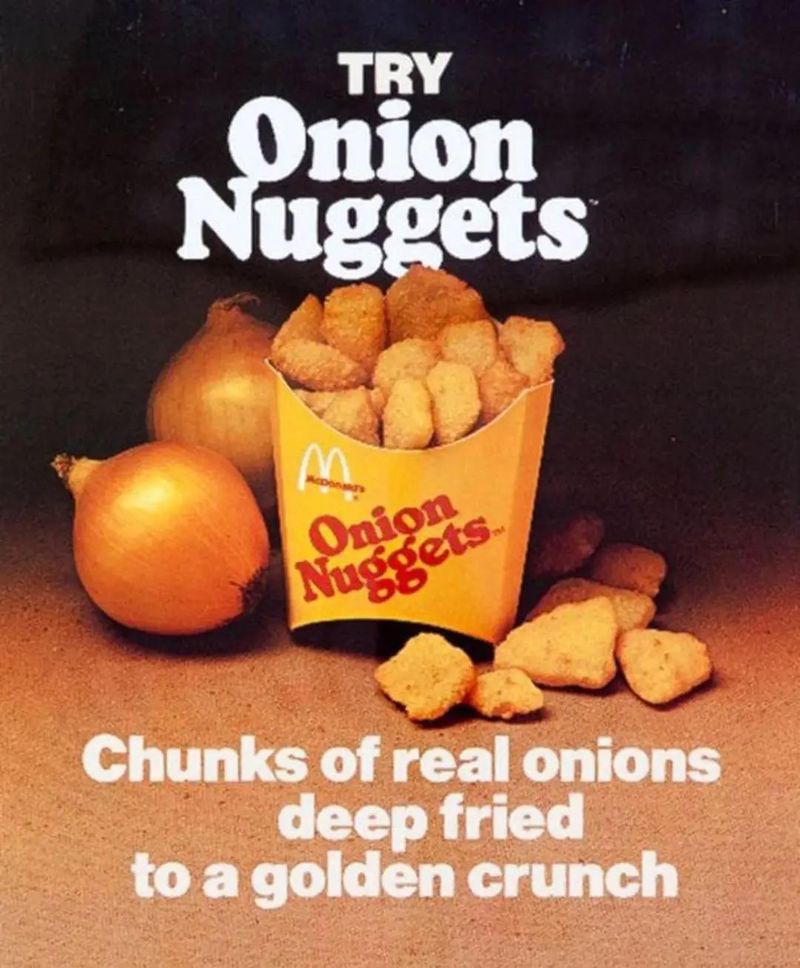
Before Chicken McNuggets conquered the world, McDonald’s experimented with Onion Nuggets in the 1970s. These odd appetizers consisted of chopped onions formed into small clumps, breaded, and deep-fried—essentially onion rings in nugget form.
The bizarre creation emerged from McDonald’s test kitchens during their search for new finger foods. While the nugget format would later revolutionize fast food when applied to chicken, the onion version failed to capture customer interest. Their limited test run in select markets ended quickly, but their development directly influenced the creation of the vastly more successful Chicken McNugget that followed.
13. Mighty Wings’ Spicy Defeat
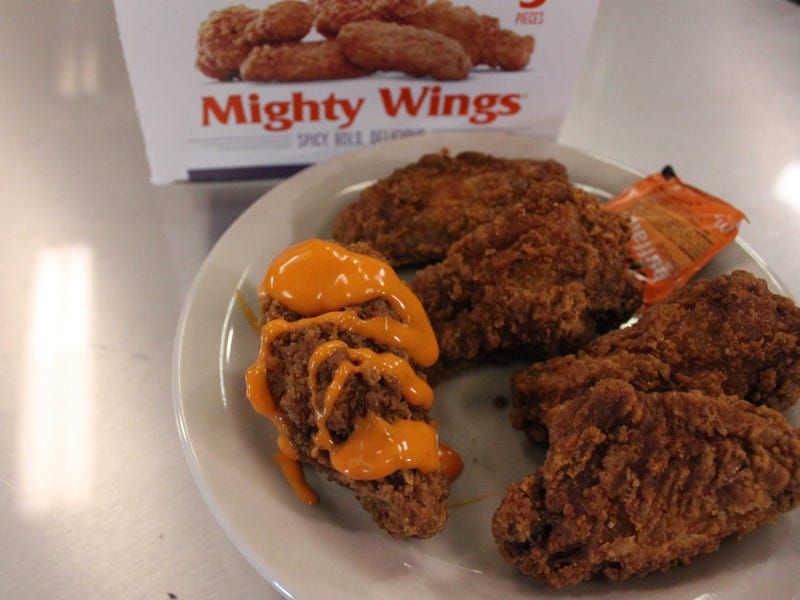
McDonald’s 2013 attempt to enter the chicken wing market crashed spectacularly with Mighty Wings. The bone-in wings were actually reasonably tasty—seasoned with cayenne and chili pepper, then breaded and fried to a crispy finish.
Two fatal flaws doomed them: excessive spiciness that alienated McDonald’s core family demographic, and jaw-dropping prices. At nearly $1 per wing when competitors offered much cheaper options, customers rejected them outright. McDonald’s was left with 10 million pounds of unsold frozen wings! The company eventually unloaded them at steeply discounted prices before abandoning the concept entirely.
14. Salad Shakers’ Workout Failure
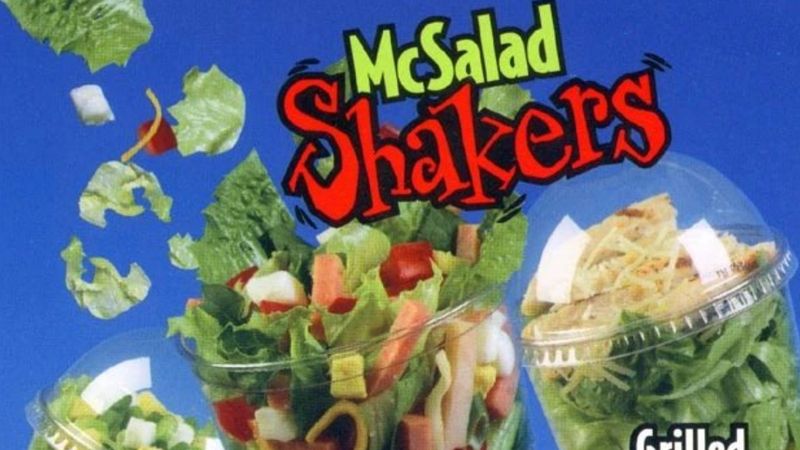
In 2000, McDonald’s introduced Salad Shakers—salads served in clear plastic cups designed to be shaken like a cocktail mixer to distribute the dressing. The gimmicky concept targeted health-conscious customers with garden, chef, and grilled chicken varieties.
While seemingly innovative, the execution proved problematic. Vigorous shaking often resulted in dressing-splattered lids and hands. The narrow cups made actually eating the salad awkward—digging deep with a fork to reach bottom ingredients became frustratingly difficult. By 2003, McDonald’s replaced them with Premium Salads served in conventional bowls, ending the short-lived shake-to-eat experiment.
15. McSalad Cups’ Portion Problem
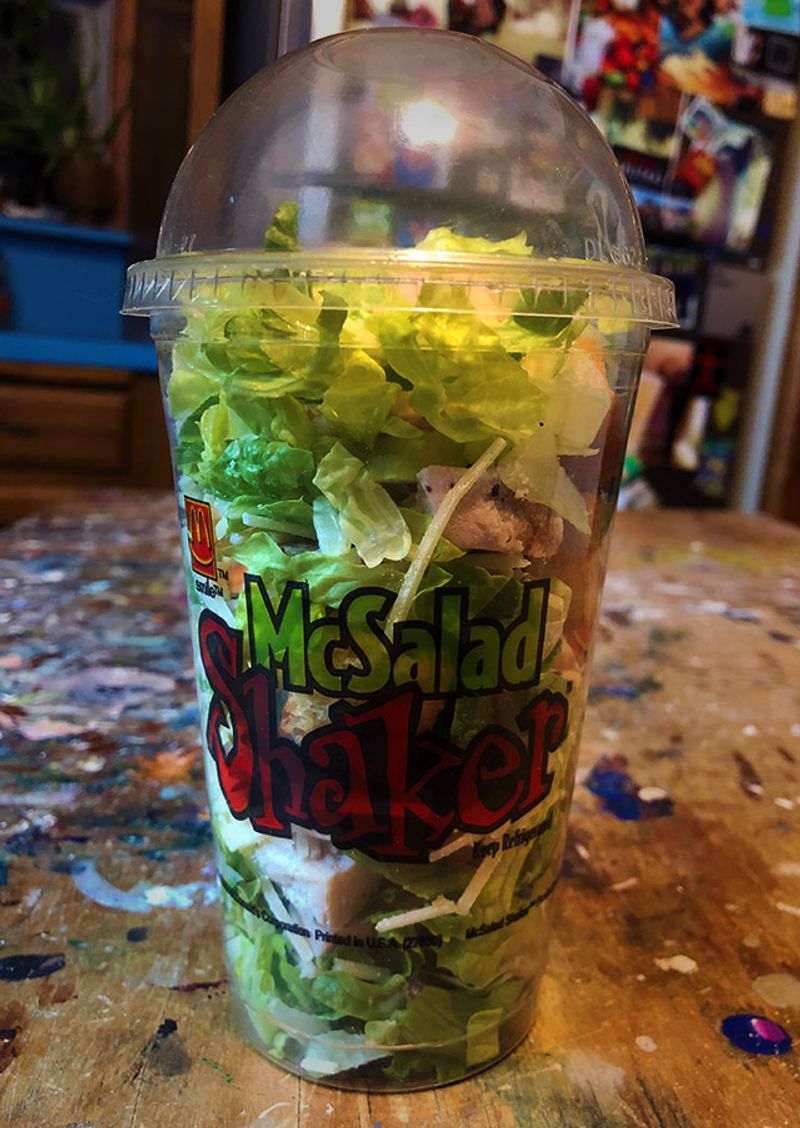
Before the infamous Salad Shakers came McSalad Cups in the late 1980s—McDonald’s first serious attempt at serving salads. These miniature plastic bowls contained barely enough lettuce for a side dish, yet McDonald’s marketed them as full entrees.
Customers quickly realized these tiny portions couldn’t possibly constitute a meal. The limited ingredient variety and bland dressings further dampened enthusiasm. McSalad Cups disappeared after disappointing sales, though they did demonstrate sufficient customer interest in healthier options to inspire future, more substantial salad offerings.



